 Unless you’ve been living under a rock, you won’t be surprised to know that the main theme of CloudWorld this year at Las Vegas was generative AI. Almost every Oracle product from databases, to Fusion applications, to OCI, APEX and Analytics to name but a few announced generative AI functionality at the recently concluded Oracle CloudWorld 2023 in Las Vegas that I attended. My journey from the U.K. to Las Vegas was "eventful" and could be a separate blog in its own right! Generative AI differs from traditional AI in that it creates new data similar to its training data, rather than just analysing data and making predictions. With advances in large language models (LLMs) like GPT-3, there is huge potential for generative AI to transform many industries including how analytics is consumed. Keynotes In his keynote, Larry Ellison discussed how Oracle is well-positioned as a cloud provider to power the infrastructure and services needed for the next generation of generative AI applications. Foundational machine learning models from OpenAI, XAI, Anthropic and Cohere can provide the backbone for cutting-edge LLMs. As Safra Catz emphasised in her keynote, Oracle's focus remains on putting customer success at the heart of everything. New offerings like Uber Direct, a last-mile retail delivery solution developed by Uber in partnership with Oracle, exemplify Oracle's drive to enable digital transformation for organisations. Ellison started off with pointing out how generative AI is “the most important technology ever” and how new applications will no longer be developed in Java as these will all be built with code created by generative AI. He highlighted how Oracle's APEX low-code platform is evolving to empower no-code development as well. Solutions like Autonomous Database for Fusion and NetSuite will further automate cloud services. And Oracle aims to support open, connected multi-cloud through seamless interoperability between platforms. He also announced a new Oracle Cloud Data Intelligence Platform which is at a high level, a combination of Oracle Analytics and Generative AI. It will be interesting to find out more about this new platform when more information becomes available. In the words of Emerson COO Ram Krishnan in his discussion with Safra Catz, "Vision without execution is hallucination." Oracle's vision for cloud-enabled generative AI shows promising signs of execution. Analytics I attended several Oracle Analytics sessions and I’ll attempt to summarise what I gathered from these sessions below. Contextual Insights is a new feature that was demonstrated in Gabby Rubin’s Oracle Analytics Roadmap and Strategy session. It was also shown during Philippe Lion’s Analytics and OCI AI session. This new feature will be available to consumers unlike features like Auto Insights that are only available to Authors. The new feature allows users to select a specific value in a visualisation and the automated Machine Learning generates additional visualisations based around the selected visualisation value in a similar fashion to the auto insights feature but it is within context of the selected visualisation value. There are also plans to consolidate access to catalog content as well as to make external content accessible. Another feather in the pipeline is the ability to set fine grain permissions on catalog objects rather than the current one size fits all. In Gabby’s roadmap session, which is always great as it gives you information on upcoming features that can be expected to rollout soon (there’s always a caveat about what “soon” means). One such feature mentioned was the flexibility available when an OAC instance is provisioned. This has recently been increased to 8 sizes that can now be selected. The long-term plan is to give customers complete shape flexibility when Oracle Analytics Cloud is being provisioned. Another point made that I was admittedly unaware of is that Oracle Analytics Server and Oracle Analytics Cloud only share a very small amount of source code. This is the main reason why there is a significant difference in the Oracle Analytics Cloud and Oracle Analytics Server release cycles; every 2 months for Oracle Analytics Cloud and annually for Oracle Analytics Server. In the integrated data preparation area, PII (Personally Identifiable Information) is coming soon. My take on this is that this will be another recommendation on the data preparation step. The web based semantic modeller support for EPM & Essbase data sources is also something eagerly awaited and, on the roadmap, marked as “later”. The information from this strategy update is publicly available and can be found here. Catalog Manager It was recently announced that the Catalog Manager GUI will be desupported from the January 2024 Oracle Analytics Cloud update. The command line interface will still be available to use from that point. The January 2024 update will not ship with the Catalog Manager client tool however, you’ll still be able to use existing installations of the Catalog Manager client if needed. The strategic plan is for the Catalog Manager client tool to be completely replaced by a web-based Catalog Manager. There are also OAC catalog APIs in the works as well. T.K. Anand had a session which I couldn’t attend that provided some more context and information about Larry Ellison’s announcement about Oracle Cloud Data Intelligence Platform. I think that this is going to bring Oracle Analytics and the Fusion Analytics platform under one umbrella in conjunction with generative AI. If this is the case, then it will simplify the Oracle Analytics offering doing away with all the confusion around which of the products are best suited to specific customers. I’ll be keeping an eye on developments on this. My PresentationI presented at CloudWorld for the first time, and it was an interesting experience. Tim German, the Version 1 US EPM Practice Head was a co-presenter. The topic we covered was “from data to insights with Oracle Analytics”. We had a really great turnout with standing room only and about 100 people in attendance, we had to cram a lot of content into a 20-minute theatre session to demonstrate the capability of Oracle Analytics to enable users to gain insights from their data assets. The key takeaways of the session were that Oracle Analytics: • allows users to connect to a variety of data sources. • users can easily visualise and analyse data. • built-in machine learning and artificial intelligence capabilities • tools for data preparation. • collaboration and sharing features. CloudWorld has been a positive experience, and I had the opportunity to meet a lot of people in person for the first time that I’ve only seen on Zoom and Teams calls! As an Oracle ACE Pro, I enjoyed the Oracle ACE events which were good fun where there were over 100 Oracle ACEs in attendance at the ACE dinner! I also got to meet some of the Version1 Oracle ACEs in person too. I just hope that my luggage won’t be overweight on my way home with all the swag that I picked up!
0 Comments
|
AuthorA bit about me. I am an Oracle ACE Pro, Oracle Cloud Infrastructure 2023 Enterprise Analytics Professional, Oracle Cloud Fusion Analytics Warehouse 2023 Certified Implementation Professional, Oracle Cloud Platform Enterprise Analytics 2022 Certified Professional, Oracle Cloud Platform Enterprise Analytics 2019 Certified Associate and a certified OBIEE 11g implementation specialist. Archives
May 2024
Categories |
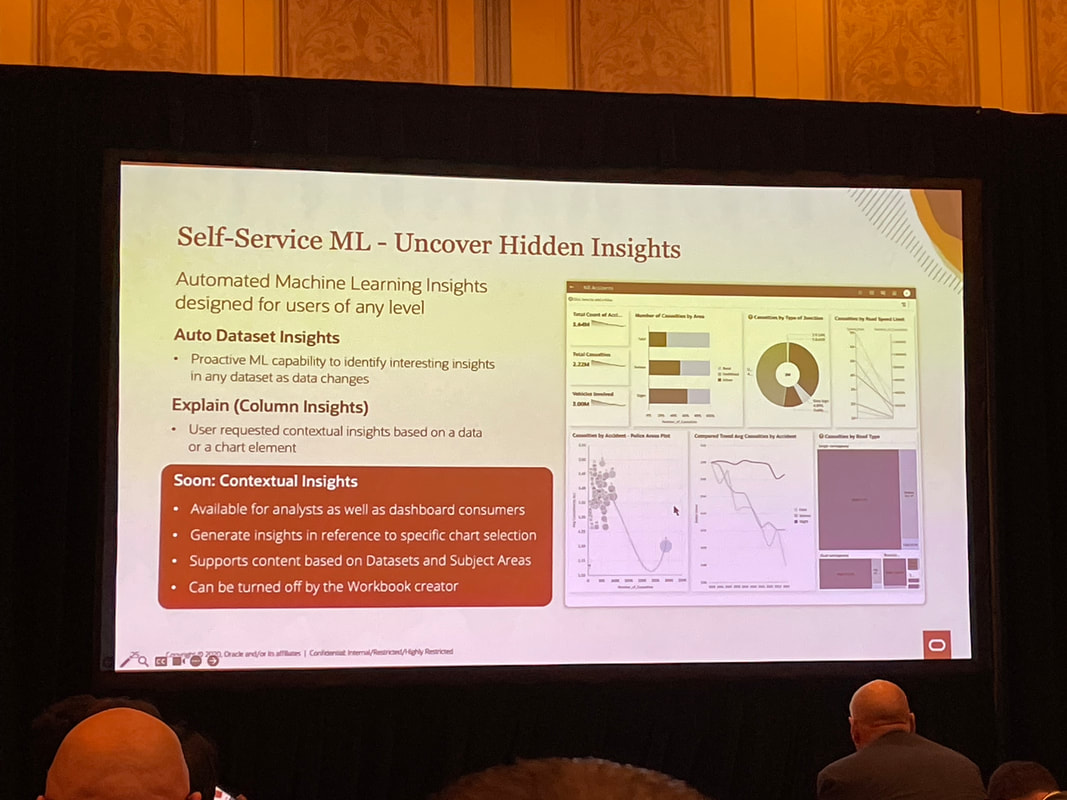
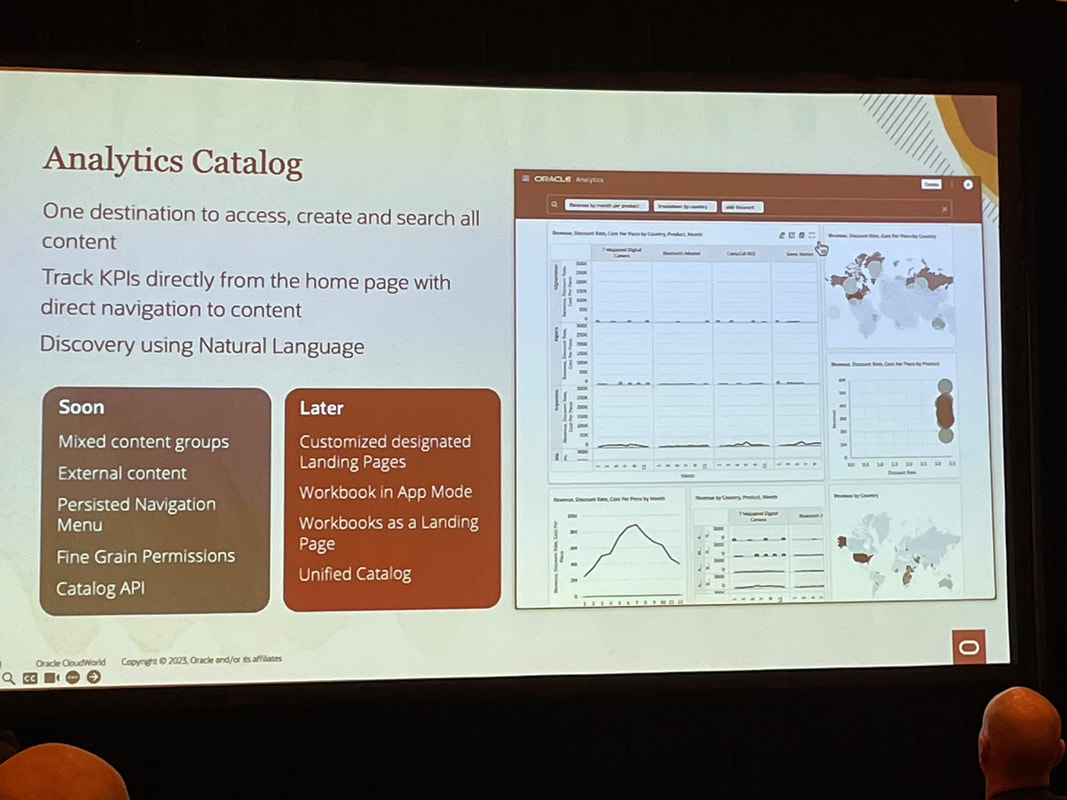
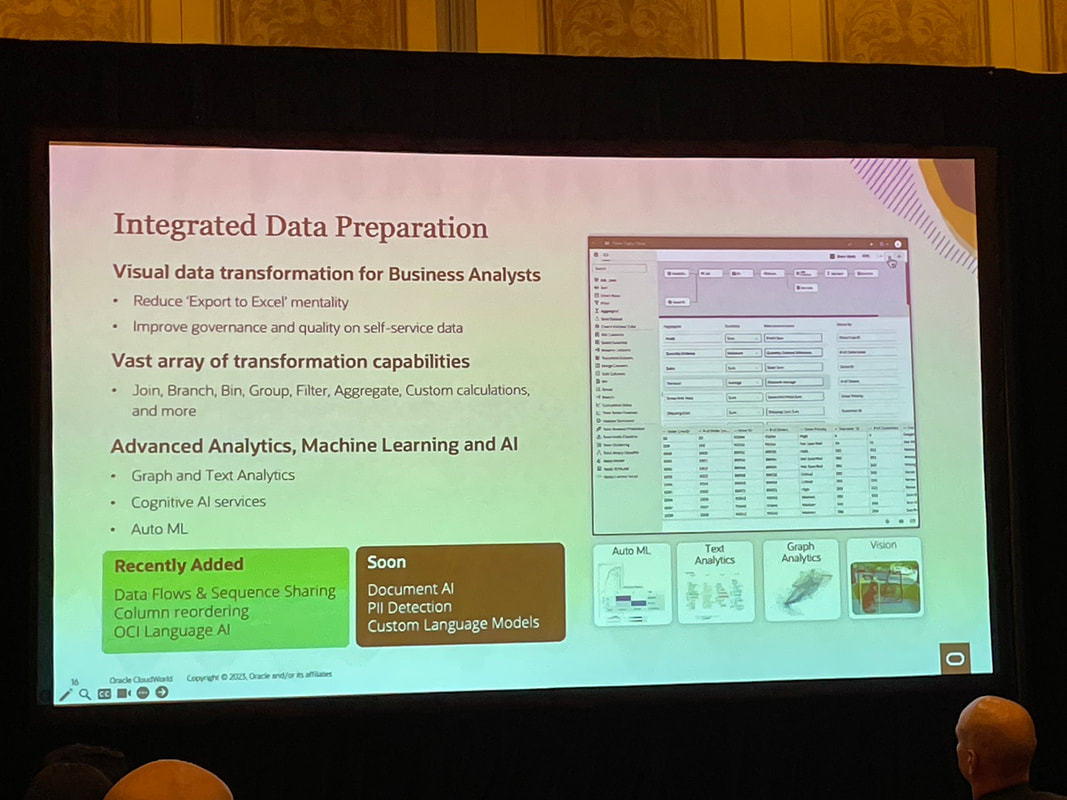
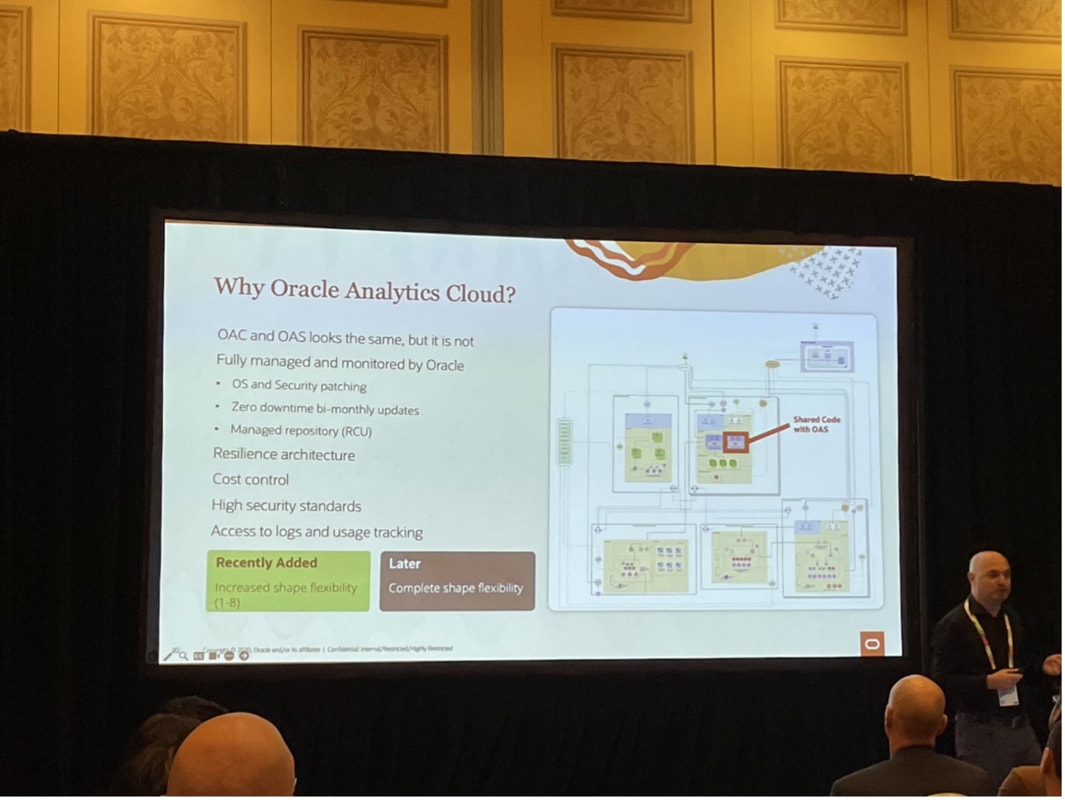
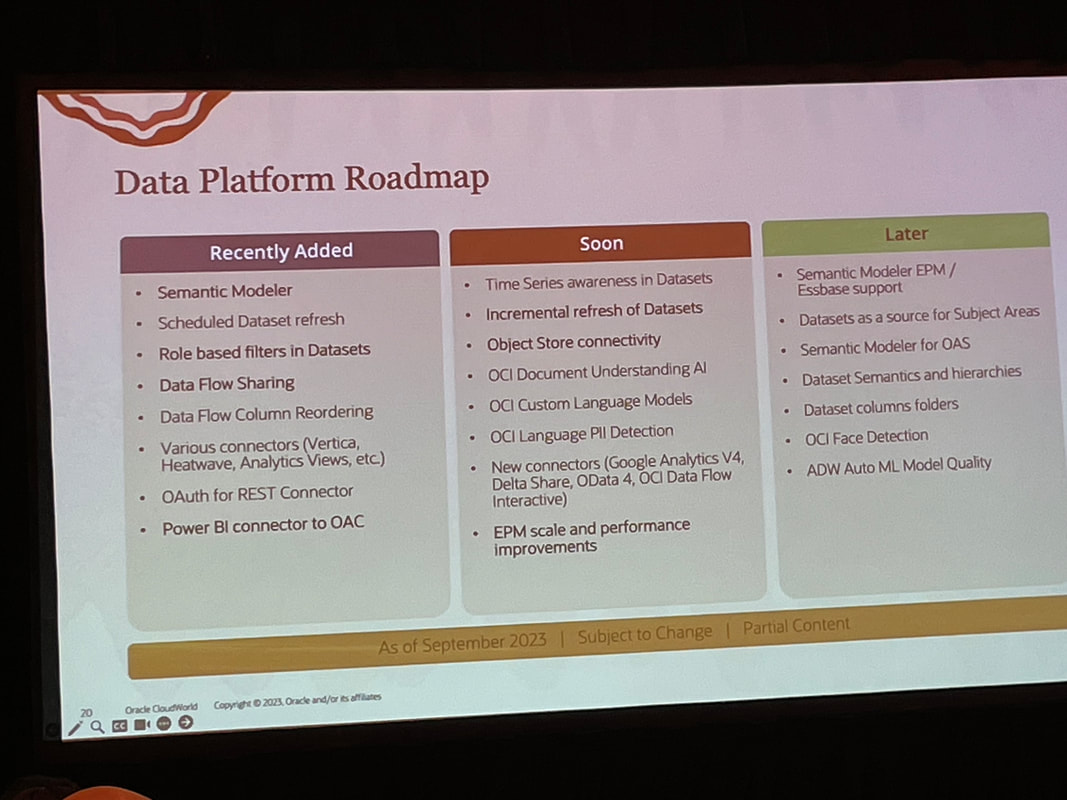
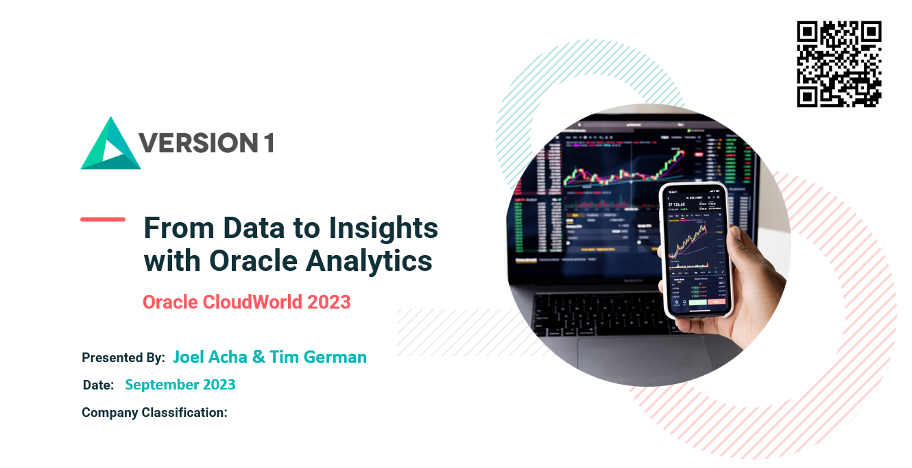
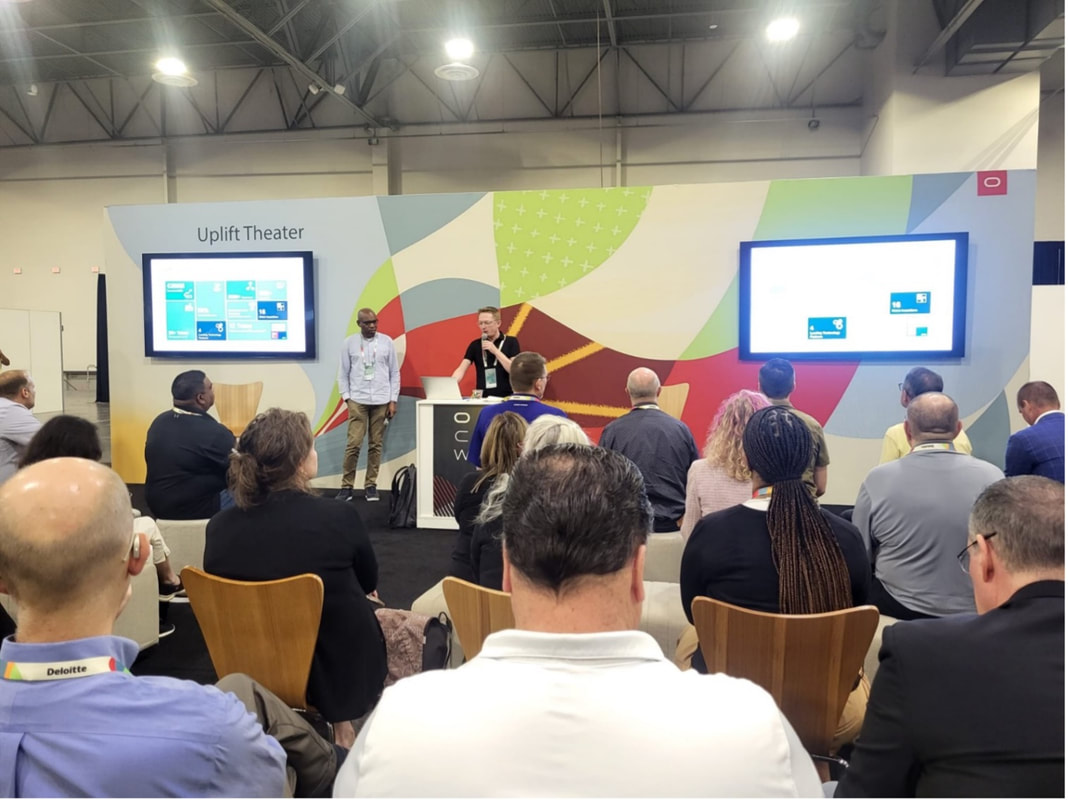

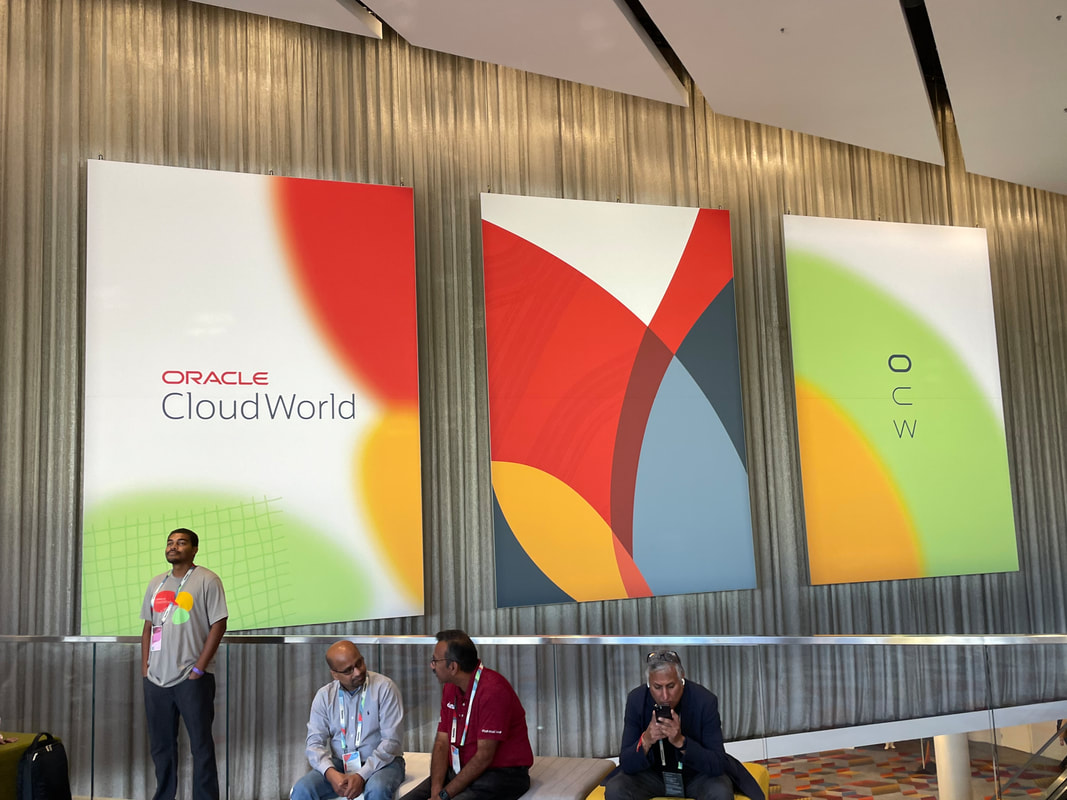
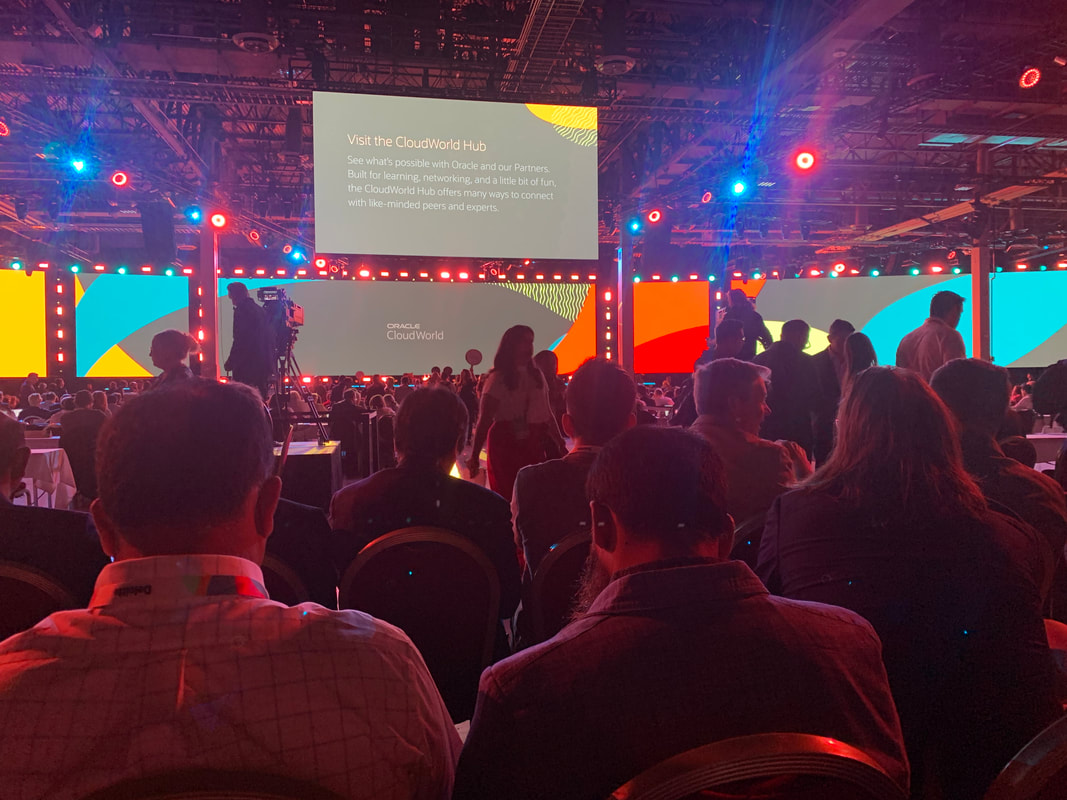
 RSS Feed
RSS Feed

